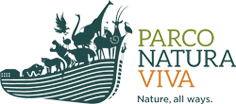Bactrian Camel Project
Gobi Desert in Mongolia is one of the last large natural areas on our planet and is home to a declining wild population of Bactrian camel. The International Union for Conservation of Nature has classified this species as critically endangered. The increase of human pressure on the edge of the Gobi Desert is causing competition for natural resources with domestic camels. Furthermore, hybridization with these causes a negative effect on the wild population of this species and onits genetic uniqueness.
Parco Natura Viva is engaged in the Bactrian camel conservation project in collaboration with the Zoological Society of London – ZSL, one of the largest institutions in the world dealing with nature conservation. The Zoological Society of London has been operating in Mongolia for a decade, reaching a favourable position to contribute to the protection of this symbolic species. In 2013, ZSL and the Mongolian Institution of Biology set up the camel protection action plan for the Mongolian Government. Currently, there is no biodiversity monitoring programme for critically endangered species in the Gobi Desert, so the project aims to start a long-term wild camel monitoring project using camera traps and developing new technologies to establish behaviours and threats of wild camels and interactions with other species.
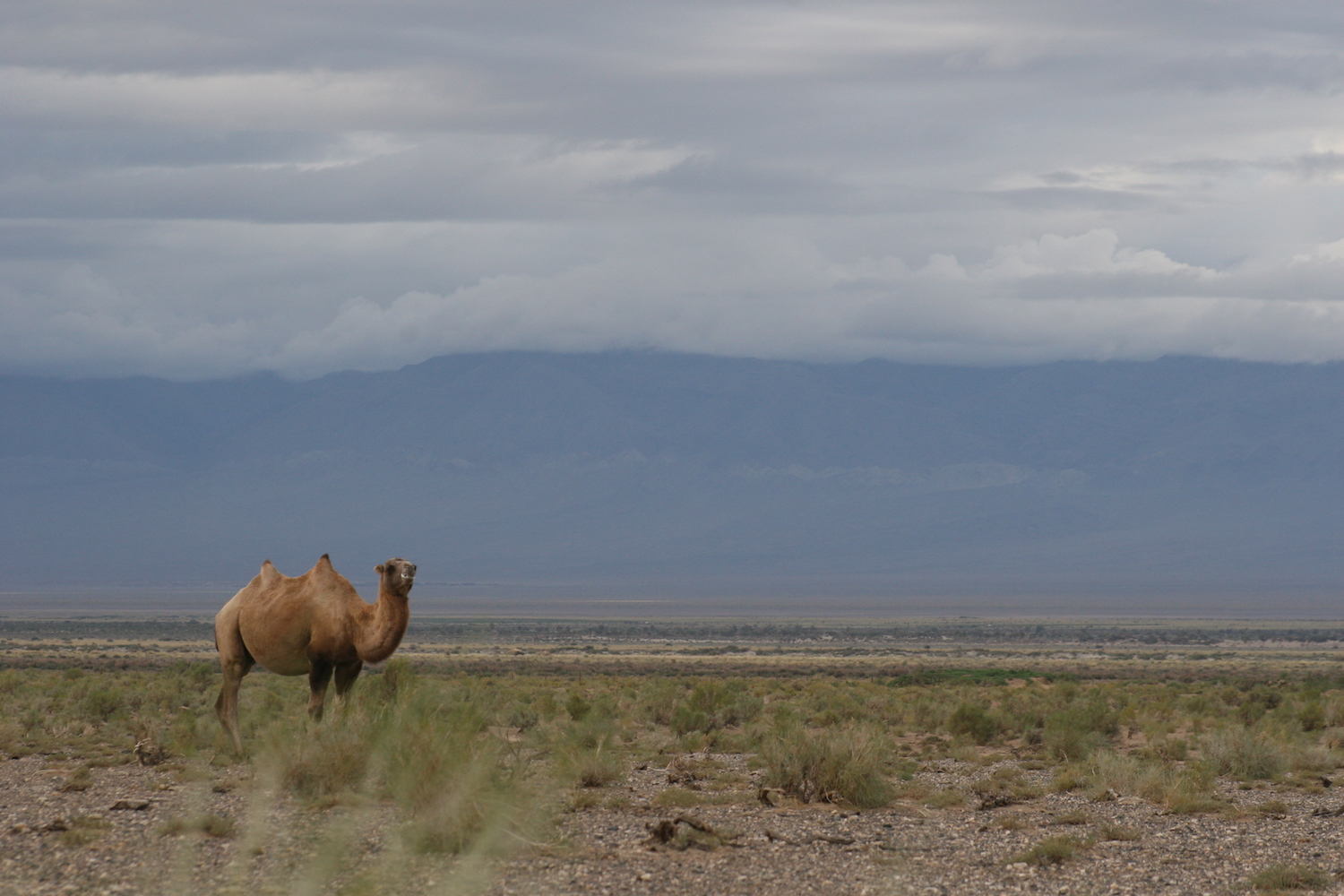 |
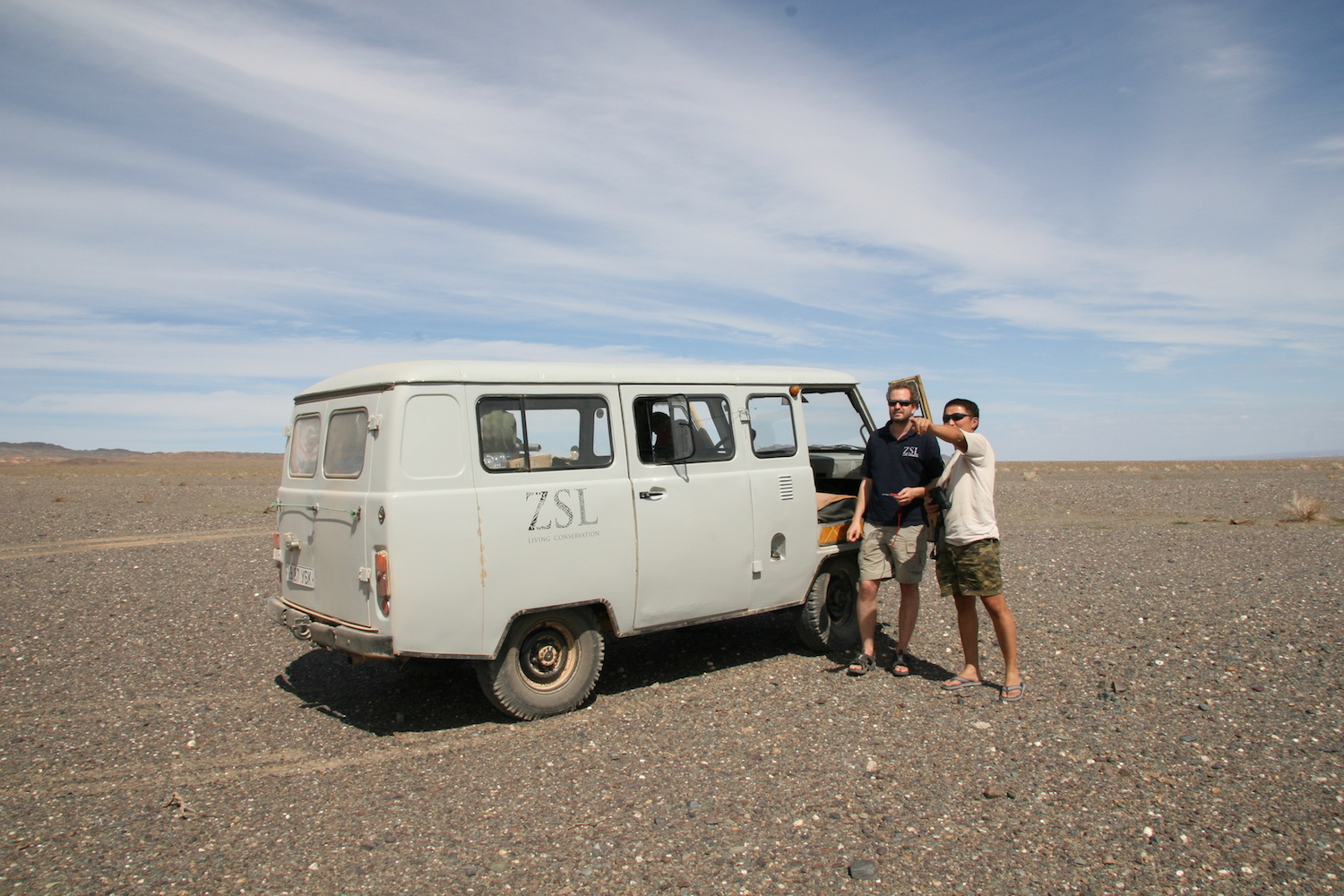 |
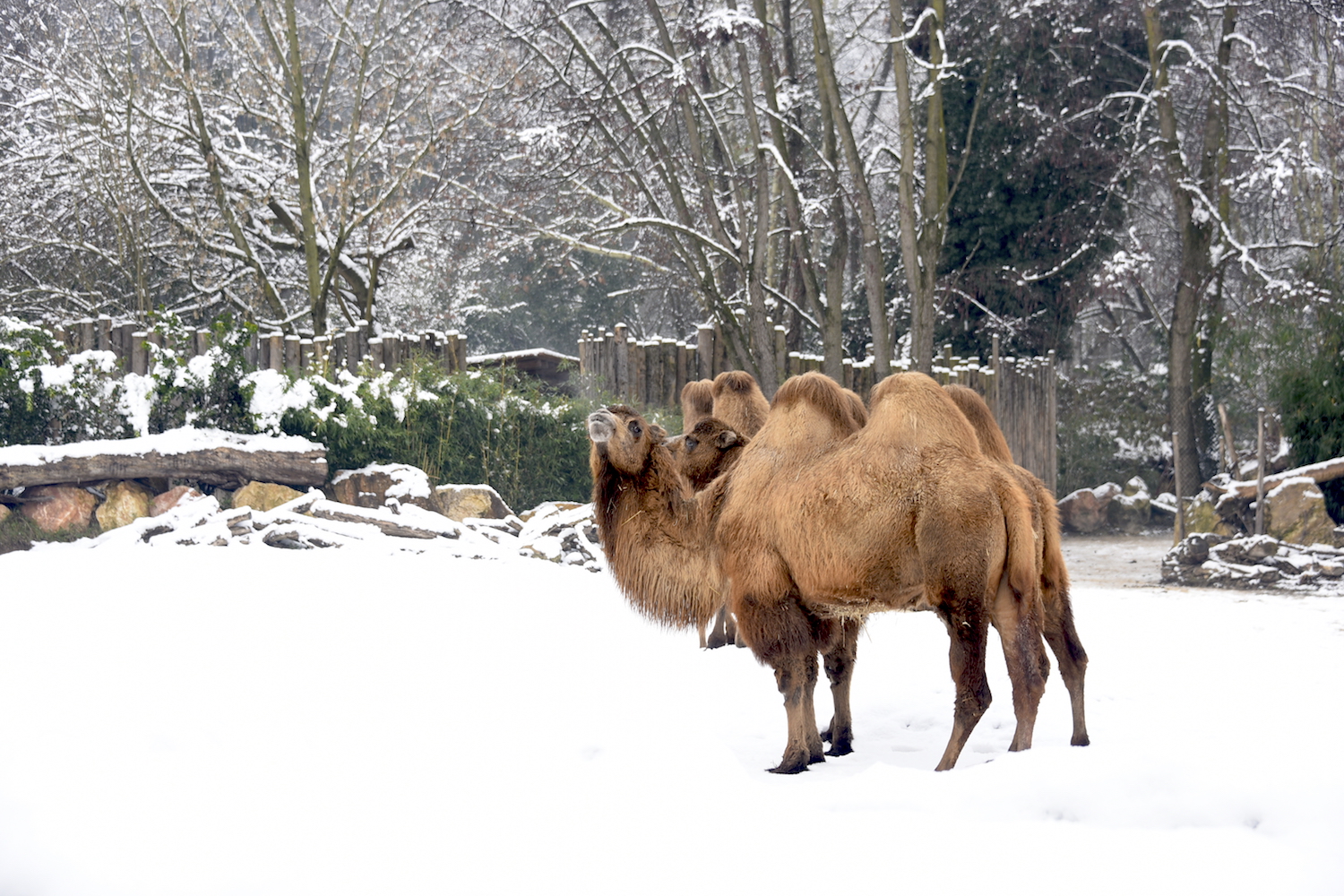 |
This project is part of the wider ZSL Gobi landscape programme that involves the training of rangers and the involvement and education of local communities. These are fundamental for the protection of one of the most threatened species in the world in such a fragile and unique ecosystem.
The Bactrian camel (Camelus ferus) was historically found in the area between the Yellow river great bend and central Kazakhstan. In time, populations became more fragmented and now the species occupies only the arid regions of Gobi Desert and Gashum Gobi Desert, in the north western part of China and Mongolia. In the last 50 years the wild population has suffered a reduction of more than 80% and today the species I s classified as “Critically Endangered” in the IUCN Red List. The main threat is hunting, mainly due to competition for water and grazing with domestic camels and livestock. Hybridization with the domestic camel is another important threat to the survival of the Bactrian camel, as well as the expansion of human activities.
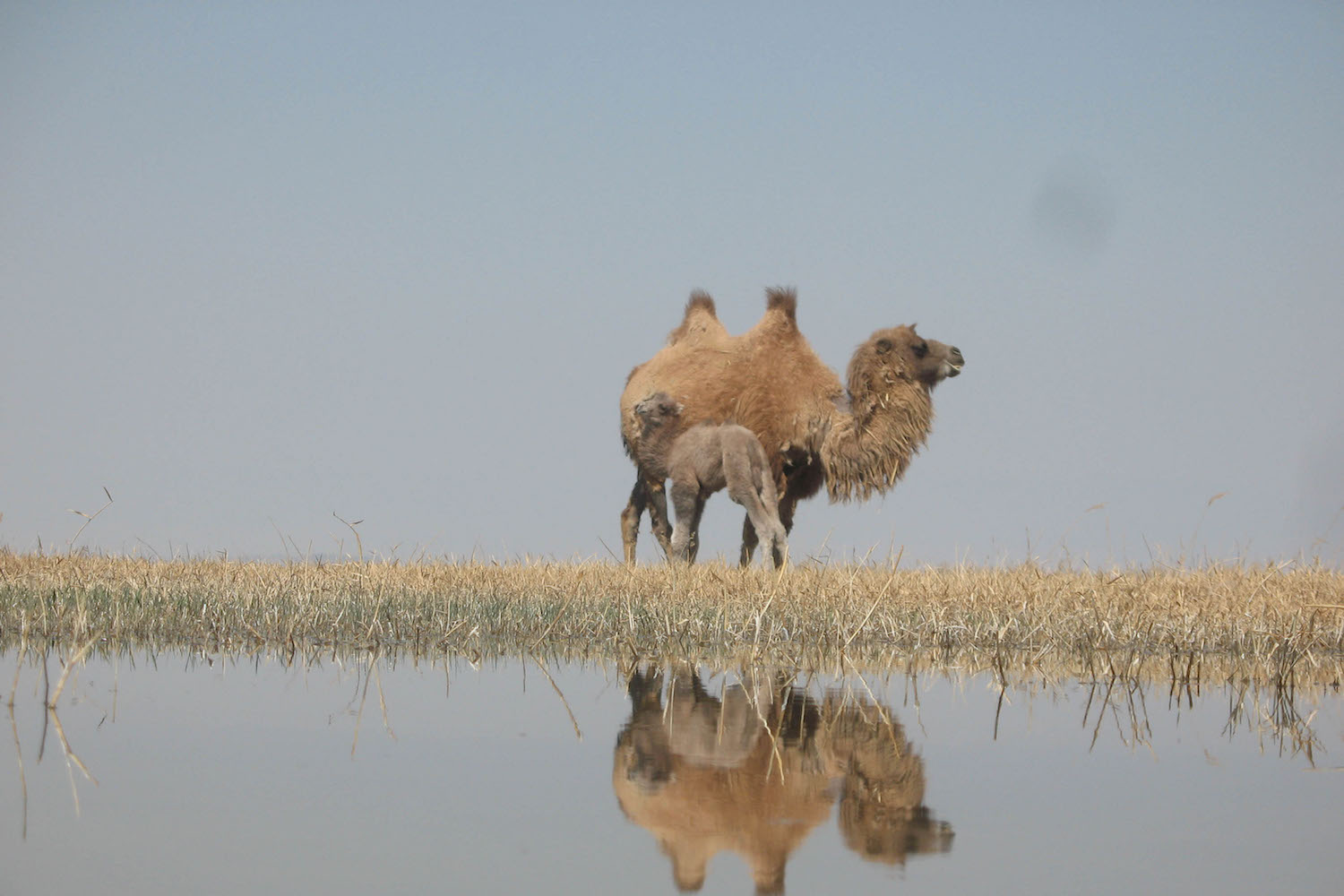 |
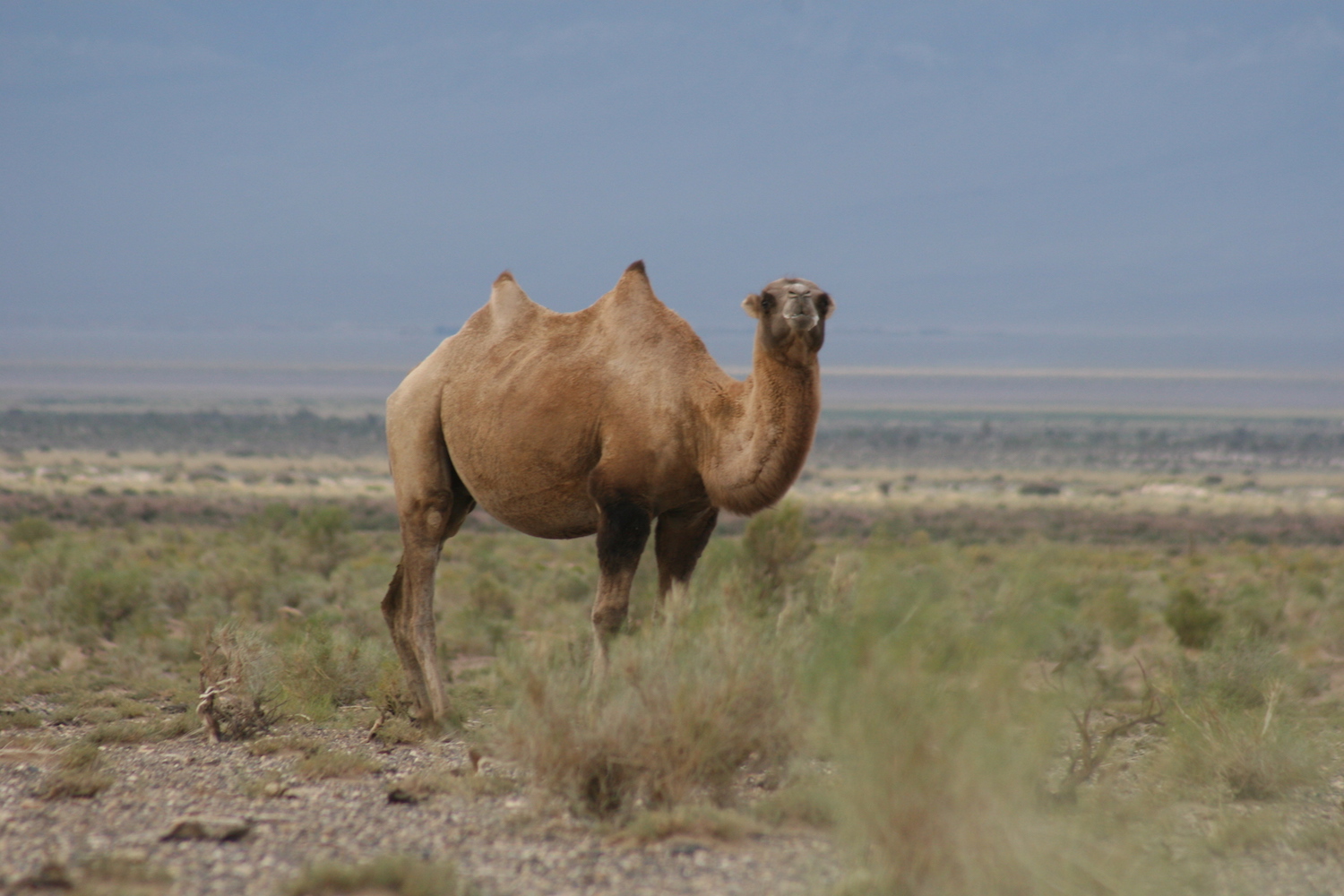 |
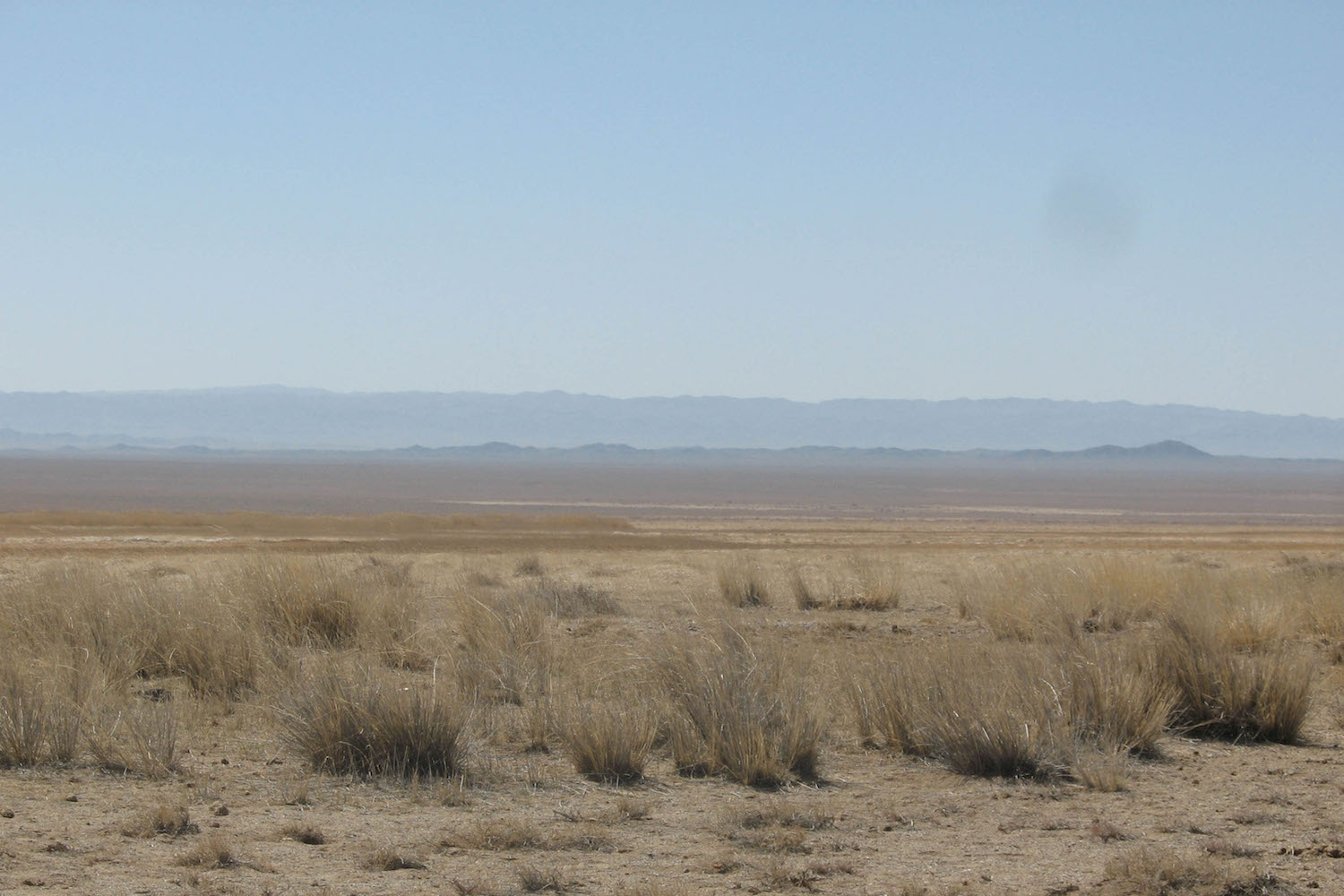 |
Parco Natura Viva houses a group of Bactrian camels in the Asian section. The group is composed of three females with the typical brown coat and one white male. Bactrian camels have been breeding succesfully over the years, and many calves were raised by their mothers. In 2012 their exhibit was completely renovated, increasing the space available to the animals and creating observation points to another endangered Asian species: the Przewalski's wild horse.
 |
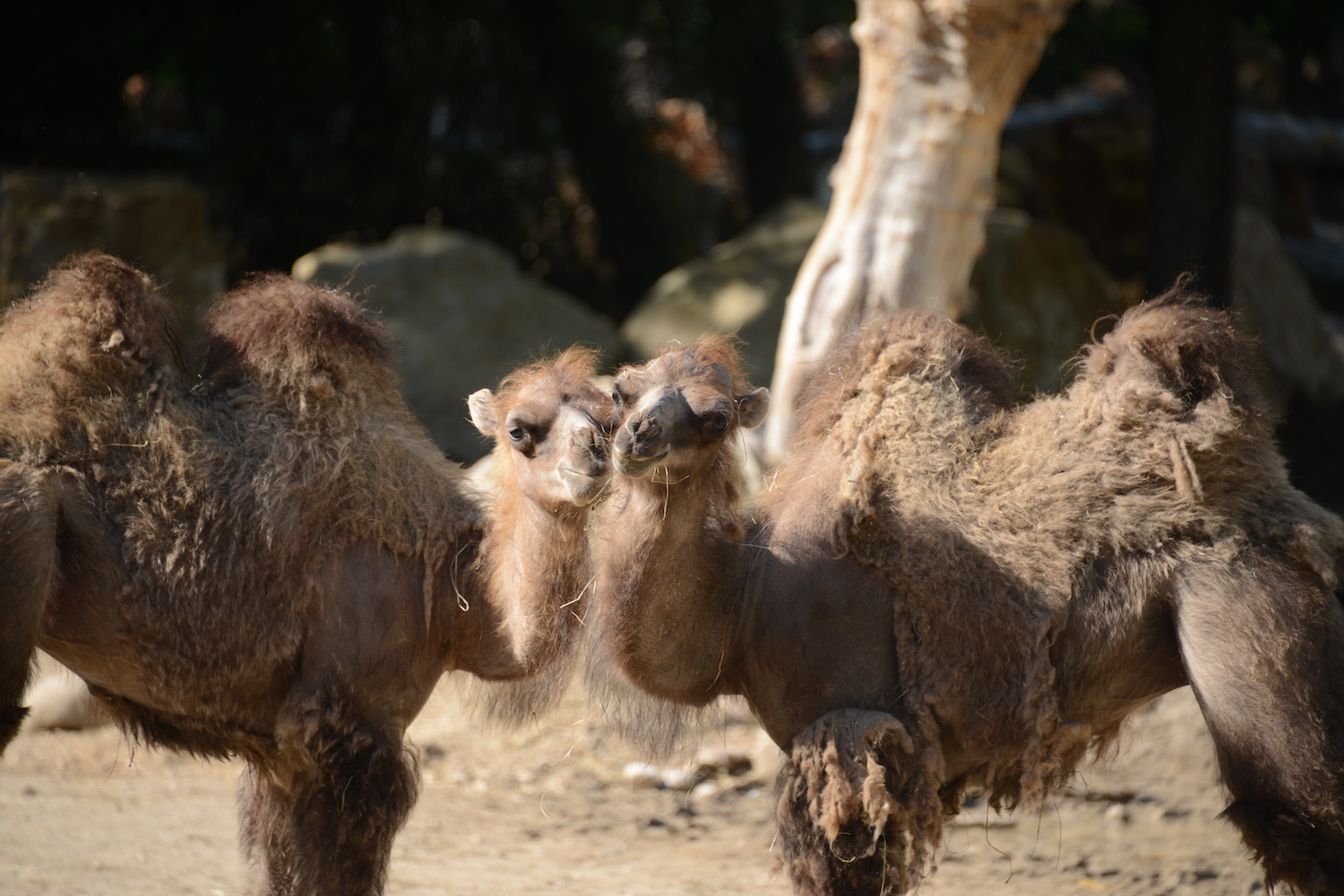 |
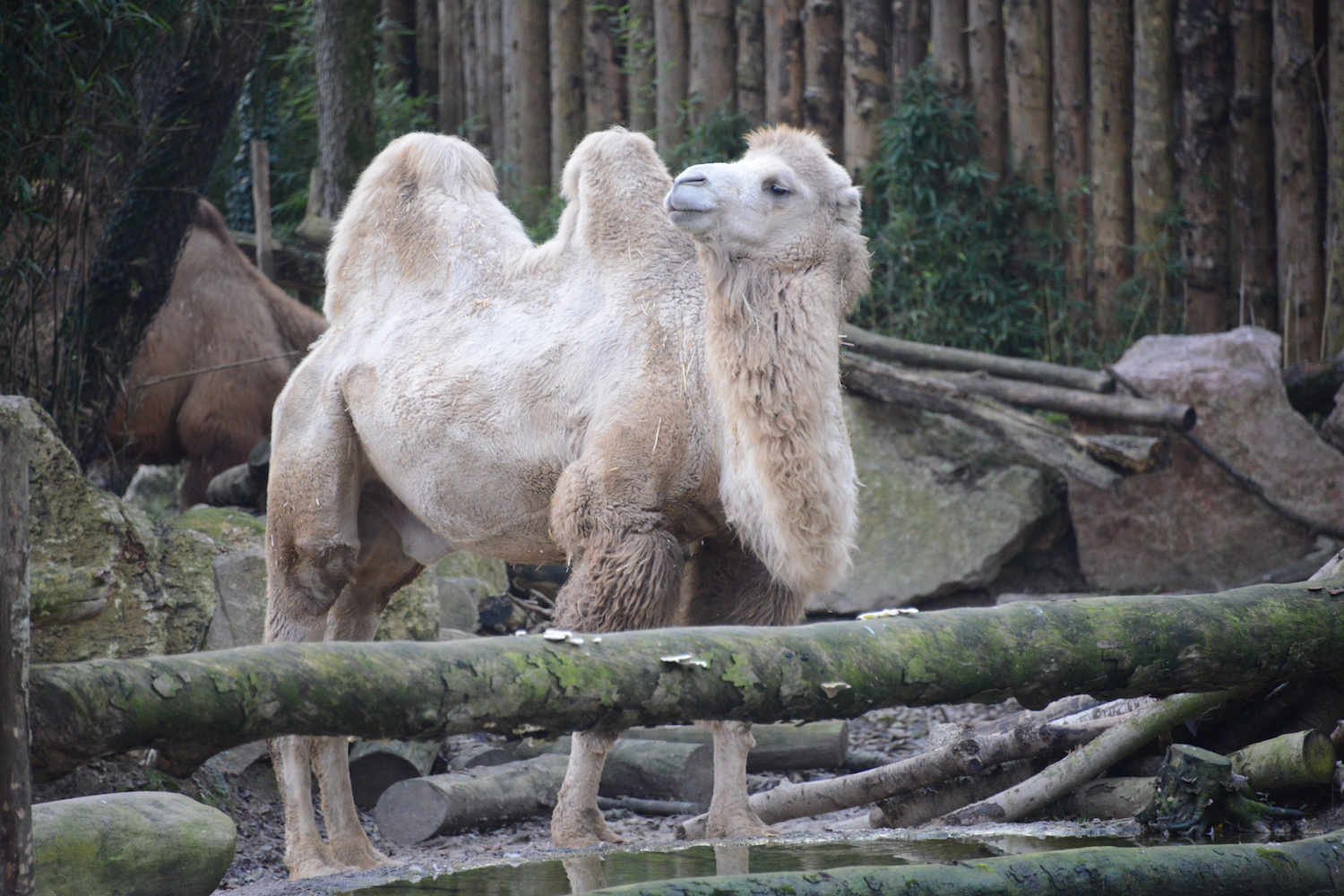 |
Parco Natura Viva supports the activities carried out by the Zoological Society of London in Mongolia for the conservation in nature of the Bactrian camel and its natural habitat, through scientific research and awareness raising of local population. Furthermore, during the year the park organises educational workshops, activities and events focused also on this animal species, contributing to raising awareness among visitors about the problems faced by Bactrian camels in their habitat of origin.
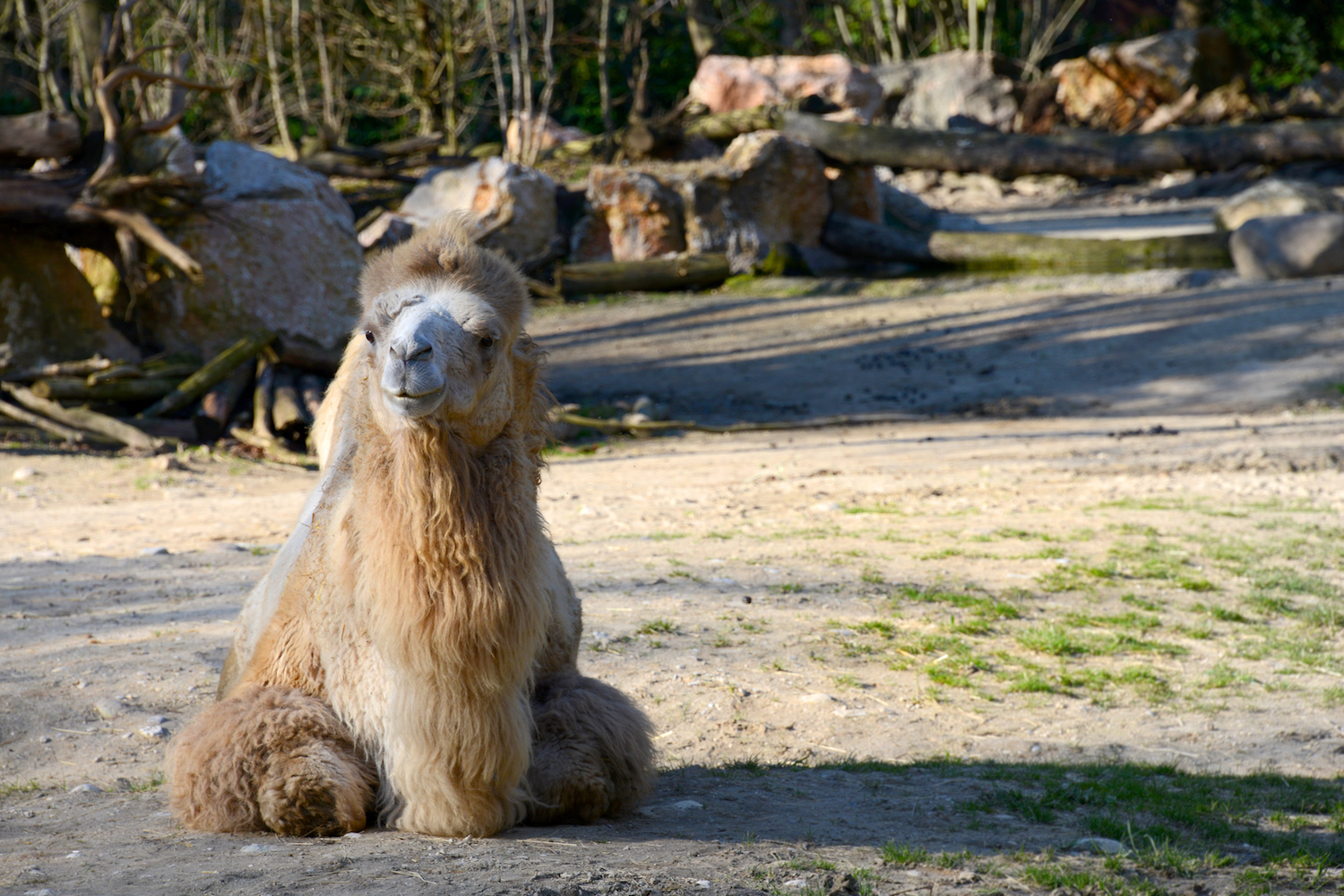 |
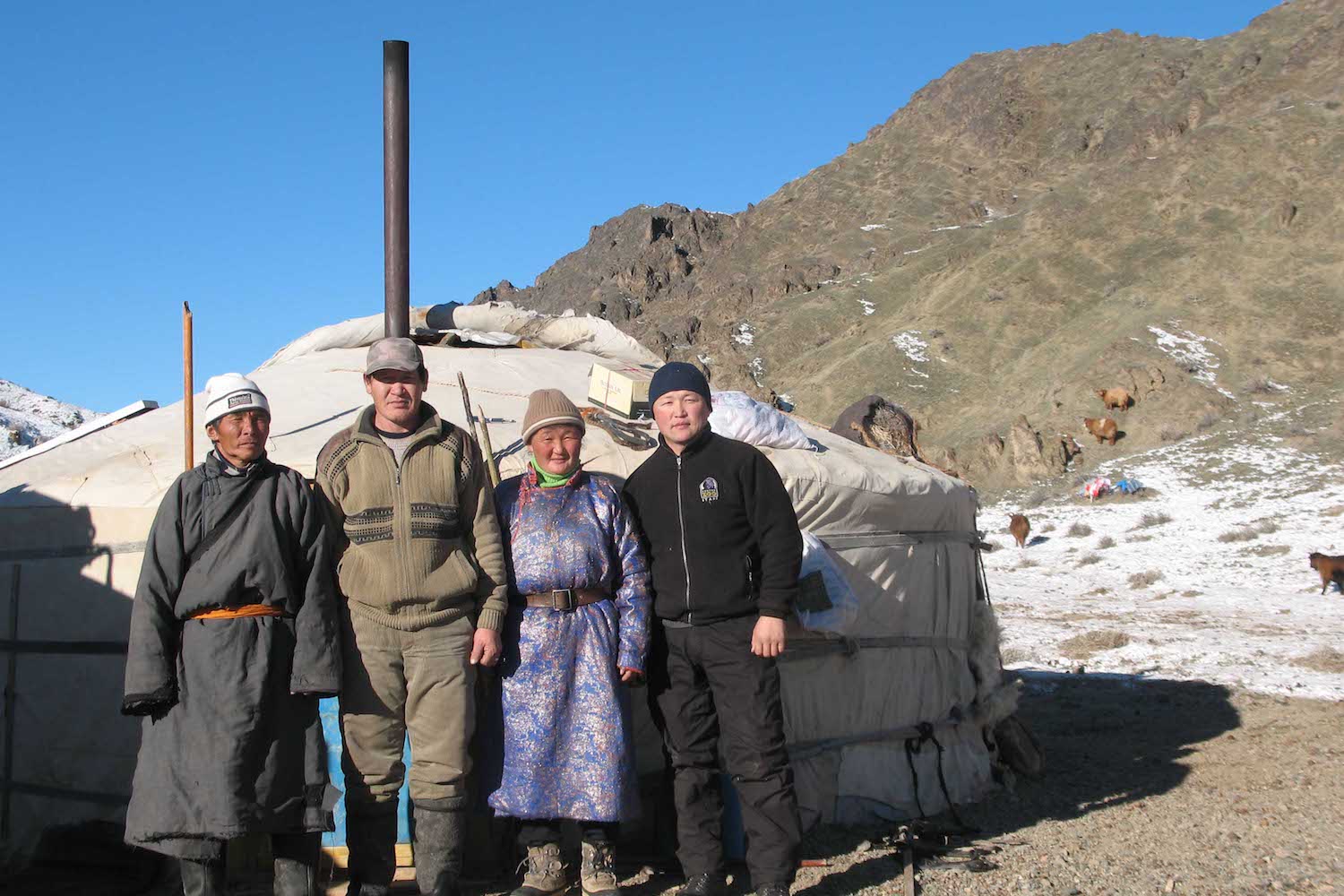 |
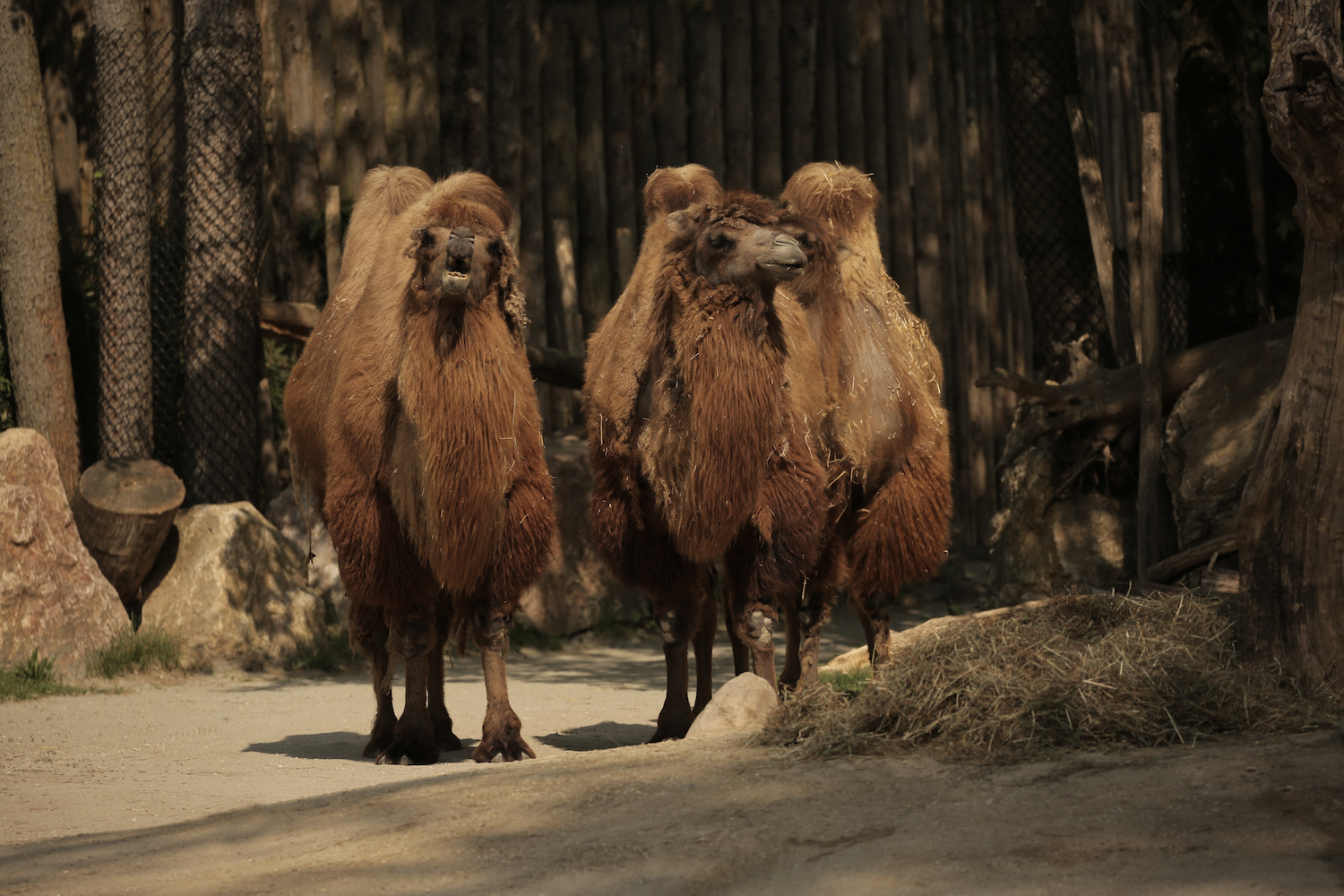 |
If you are interested in this project and you want to help saving the Bactrian camel and its habitat, there are different ways in which you can contribute. By participating to the activities organized by Parco Natura Viva, such as guided tours and educational workshops, you can learn more about this species and the threats to its survival, also learning what behaviours to adopt in everyday life to protect their habitat. By adopting the park’s Bactrian camels you will directly contribute to help finance this project; but even with your visit to the park you will be able to make a concrete contribution to conservation, since a percentage of the value of the admission ticket is always destined to in situ conservation projects. Finally, by making other people aware of the problems of animals in the wild, you can concretely help spread the knowledge and guarantee a future for the Bactrian camel in its natural environment.
 Italiano
Italiano English
English Deutsch
Deutsch

